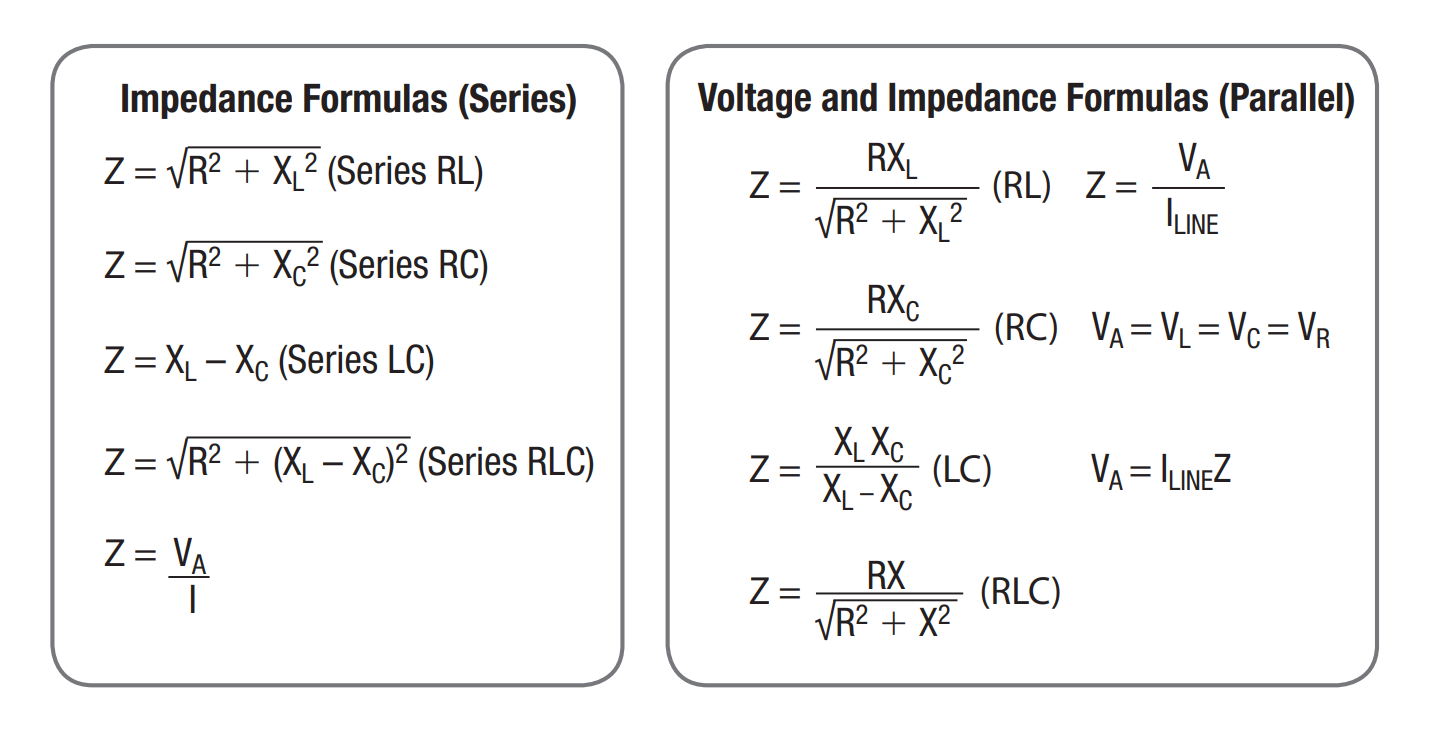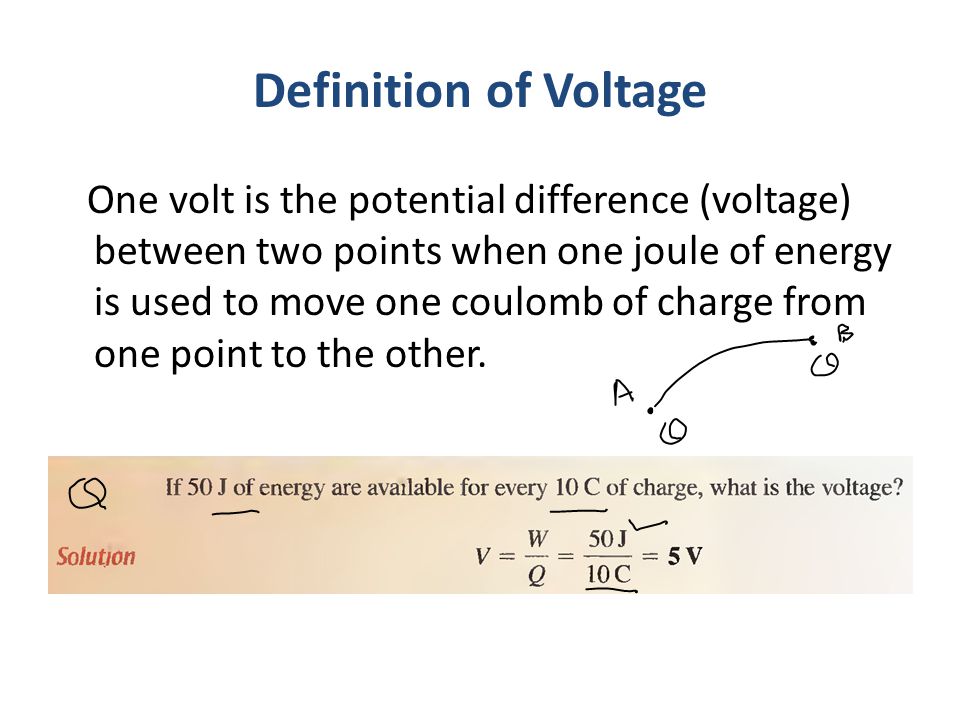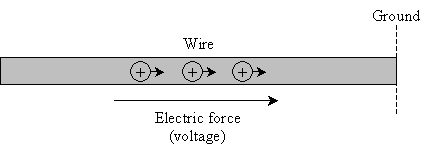Voltage, also known as electric potential difference, is a measure of the electric potential energy per unit charge in an electric circuit. It is a fundamental concept in electricity and is often referred to as "electromotive force" or "EMF."
Voltage is typically measured in volts (V), which is defined as the energy required to move a charge of one coulomb through a potential difference of one volt. In an electric circuit, the voltage difference between two points is the driving force that causes electric current to flow through a conductor, such as a wire.
There are several ways to describe voltage in an electric circuit. One way is to think of it as the "pressure" that pushes the electric charge through the circuit. Another way is to think of it as the "difference in electric potential energy" between two points in a circuit.
Voltage is an important factor in determining the amount of current that will flow through a circuit. In a simple circuit with a single voltage source and a single load, the current is directly proportional to the voltage. This means that if the voltage is increased, the current will also increase, and vice versa.
Voltage is also a key factor in determining the power of an electric circuit. Power is the rate at which energy is transferred in an electric circuit, and it is typically measured in watts (W). The power of a circuit is equal to the voltage multiplied by the current. This relationship is described by the well-known formula: P = VI, where P is the power, V is the voltage, and I is the current.
In summary, voltage is a measure of the electric potential difference in an electric circuit. It is an important factor in determining the amount of current that will flow through a circuit and the power of the circuit. Understanding the concept of voltage is essential for anyone working with electricity and electrical circuits.







